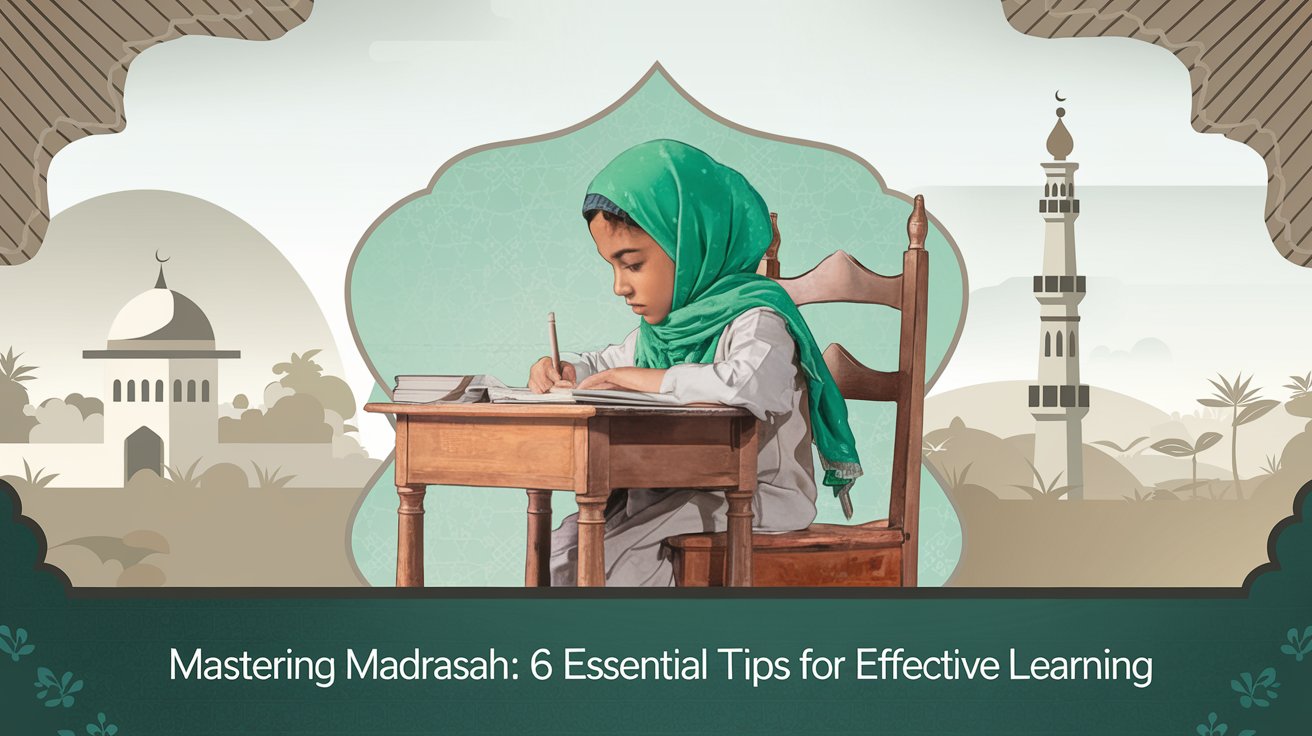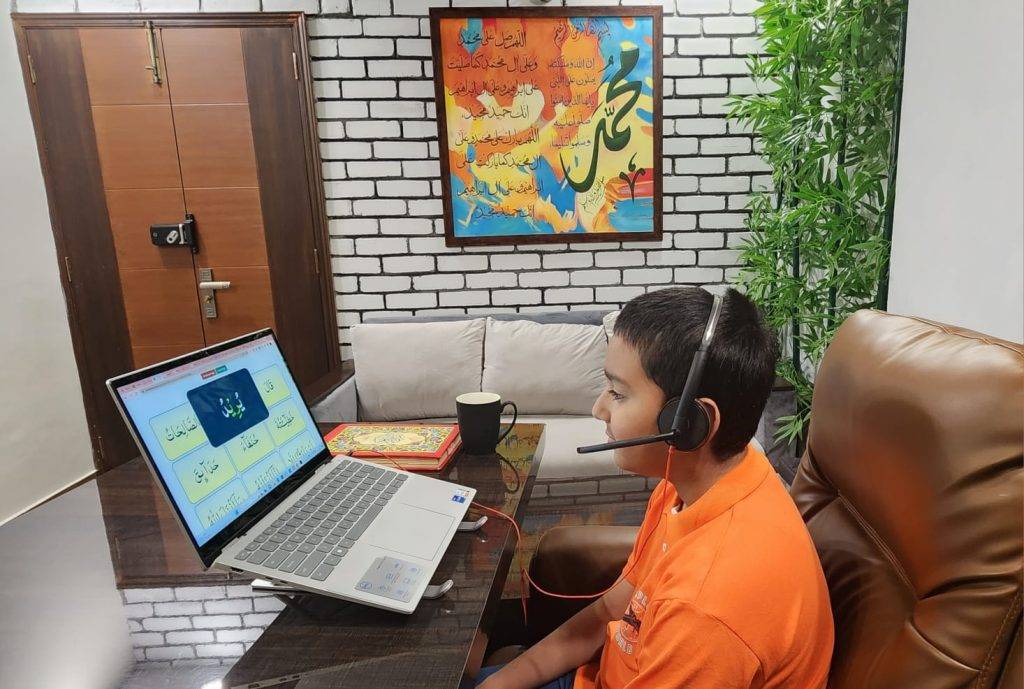Guiding Young Hearts Teach Quran and Hadith to Kids
Table of Contents
ToggleIntroduction
Teaching children about the Quran and Hadith is not just about imparting knowledge; it’s about nurturing their hearts and souls. How do we guide their young hearts in a way that inspires love for Islam? This article offers practical, simple methods to make learning the Quran and Hadith a joyful journey for kids. Whether you’re a parent, teacher, or mentor, this guide will equip you with effective tools and strategies.
1. The Importance of Early Islamic Education
Why start early? Early childhood is the most impressionable phase of life. Teaching children the Quran and Hadith at a young age lays a strong foundation for their faith. Think of it like planting seeds; the earlier you plant, the stronger and deeper the roots grow.
2. Making the Quran and Hadith Accessible
Start Small: Begin with short, easy-to-remember verses and sayings of the Prophet Muhammad (PBUH). For instance, teach Surah Al-Fatiha or simple duas for daily use.
Use Translations: Help children understand the meaning of what they are learning by sharing translations in their native language.

3. Creating a Loving Learning Environment
Children thrive in environments where they feel loved and supported. Create a space where they can learn without fear of judgment. Use positive reinforcement to encourage their efforts.
4. Fun and Interactive Teaching Techniques
Teaching doesn’t have to be boring! Incorporate games, songs, and activities to make learning enjoyable. For example:
- Memory Games: Use flashcards for Quranic verses and their meanings.
- Interactive Apps: Leverage apps designed for Islamic learning.
5. Using Stories to Bring Lessons to Life
Children love stories, and Islamic history is full of inspiring ones. Share stories about the Prophets and their companions to teach values like patience, kindness, and gratitude.
6. Incorporating Daily Islamic Practices
Model Behavior: Children learn best by observing. Show them how to pray, make dua, and recite Quran.
Integrate into Routines: Make Islamic practices part of their daily lives, such as reciting short duas before eating or sleeping.
7. Role of Parents in Islamic Education
Parents are a child’s first and most important teachers. Your involvement is crucial in shaping their understanding of Islam.
- Be Consistent: Dedicate time daily to teach or revise lessons.
- Be Patient: Every child learns at their own pace.
8. Leveraging Technology for Learning
Educational Videos: Use age-appropriate Islamic cartoons and videos to make learning engaging.
Online Resources: Explore websites and apps that offer free resources for learning Quran and Hadith
9. Teaching Through Real-Life Examples
Show children how the teachings of the Quran and Hadith apply to their everyday lives. For example, teach them about honesty through situations they encounter at school or home.
10. Encouraging Questions and Discussions
Create an open atmosphere where children feel comfortable asking questions. This not only deepens their understanding but also fosters critical thinking skills.
11. Overcoming Challenges in Teaching Kids
Teaching isn’t always smooth sailing. Some common challenges include lack of interest and short attention spans. Combat these by:
- Breaking Lessons into Small Sessions: Keep lessons short and engaging.
- Offering Rewards: Use small incentives to motivate them.
12. Building Consistency in Islamic Learning
Consistency is key. Set aside specific times for Islamic education, whether it’s before bedtime or after school.
13. Assessing and Celebrating Progress
Regularly assess your child’s learning through quizzes or casual conversations. Celebrate their milestones to keep them motivated.
14. Fostering a Lifelong Love for Islam
Ultimately, the goal is to instill a love for Islam that lasts a lifetime. Encourage them to view learning about the Quran and Hadith as a lifelong journey.
15. Conclusion and Final Thoughts
Guiding Young Hearts Teach Quran and Hadith to Kids: Guiding young hearts to love and learn the Quran and Hadith is a beautiful responsibility. By making it accessible, engaging, and consistent, you can inspire a deep connection to Islam that will guide them throughout their lives. Remember, every small effort counts, and Allah rewards all good intentions.
FAQs
1. How can I make Quran learning fun for my kids? Use games, songs, and interactive apps to make the process enjoyable. Stories from Islamic history are also a great tool.
2. What age should I start teaching my child about Islam? It’s never too early to start! Introduce simple concepts and duas as soon as they can understand.
3. How do I teach my child who has a short attention span? Keep lessons short and engaging. Break them into small, manageable sessions and use interactive methods.
4. What resources can I use to teach Quran and Hadith? Explore educational apps, online videos, and child-friendly Islamic books. These can supplement your teaching efforts.
5. How do I handle tough questions from kids about Islam? Encourage open discussions and answer honestly. If you’re unsure, consult knowledgeable scholars or resources to provide accurate answers.
Half Week Free Trial Classes
Upon completion of your course, you will receive a complimentary certificate. What are you waiting for, then?
Enroll in our class now for a free trial.
Read More: Explore the Alim Alimah Course A Path to Islamic Scholarship



